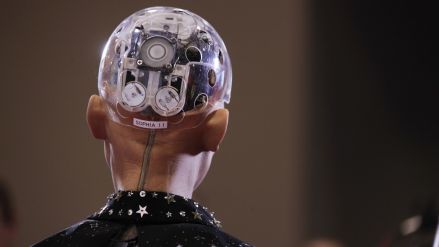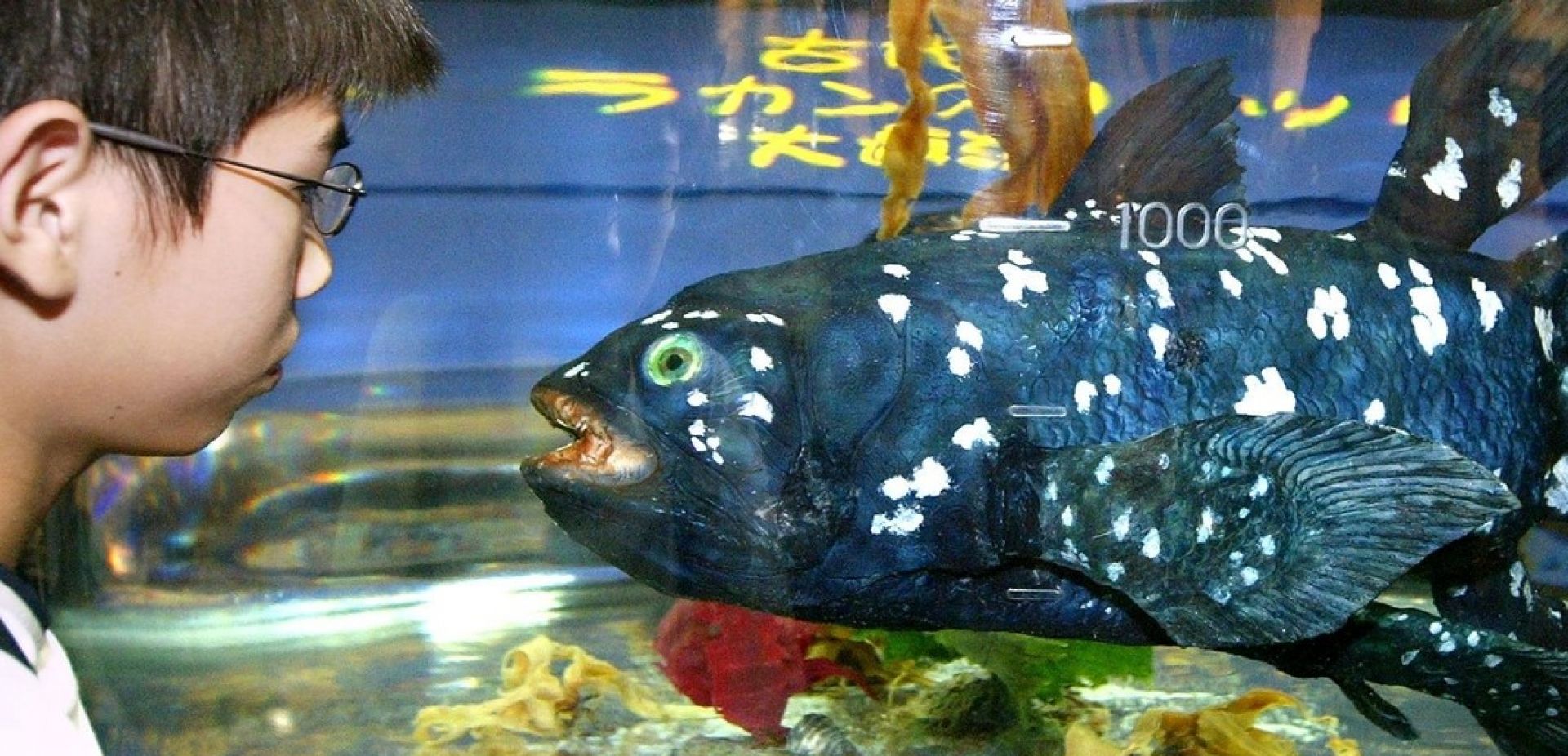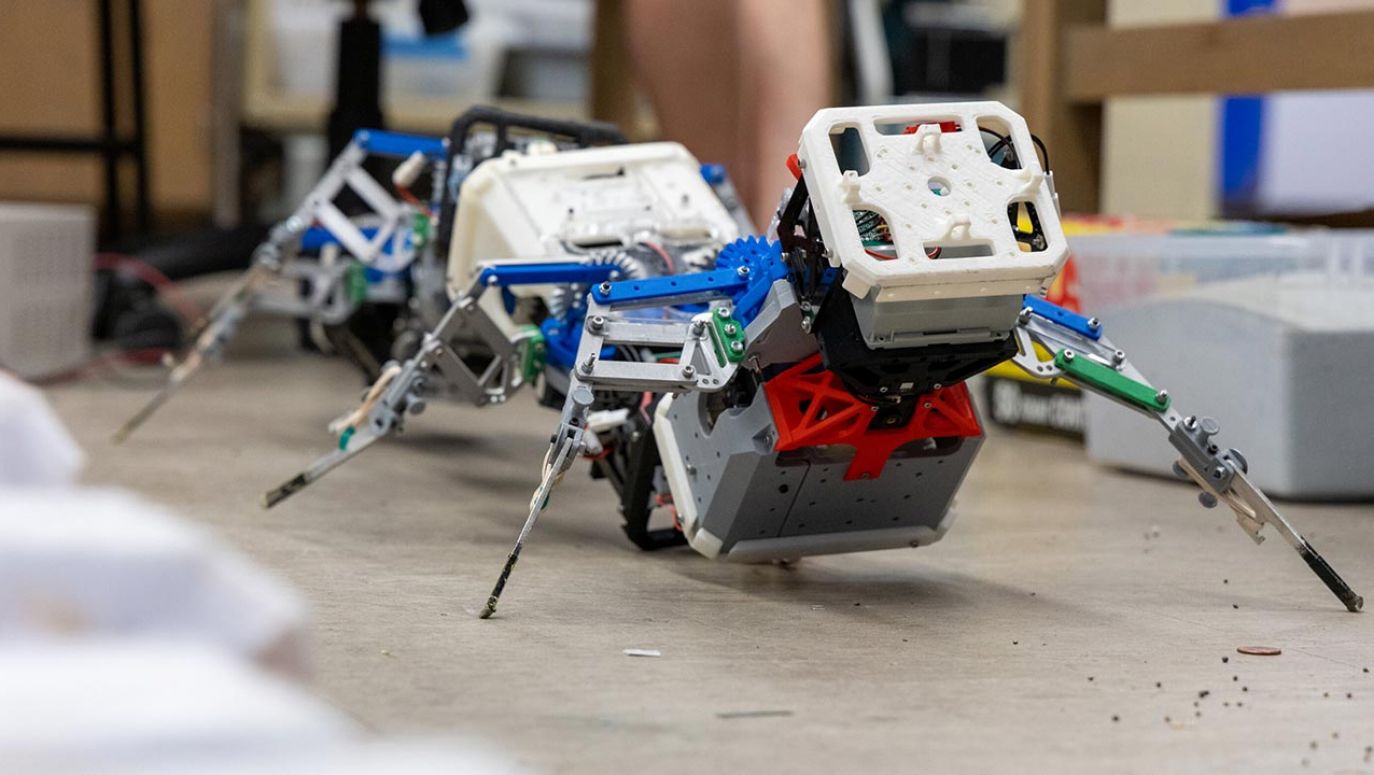
It gathers information from its environment, connects the dots and draws conclusions. Its program works like the human brain. The Google programmer claims his chatbot can “feel”.
see more
It turned out carp (big and colourful freshwater fish from East Asia) followed a robot designed to precisely imitate their appearance, shape and movements. Living fish were much less active when alone; the couple demonstrated extra vigour only when joined by a robot. We better start imagining our breeding ponds “inhabited” by such machines because that is the future. The only thing lacking at the moment is silent and vibration-free propulsion technology, because thanks to a sensory organs in a so called lateral line living fish are very sensitive to vibrations. As of today vibrations caused by fin, and especially body movements of robots are still unnaturally strong and unconcentrated.
In 2019 the journal „Biological Cybernetics” published an article summing up advances of robotic fauna in animal kingdom of that time (before the pandemic and chat GPT – seems like another world!). Though in AI development three years are a whole epoch we can subscribe to the opinion of the authors’ – Donato Romano, Elisa Donati, Giovanni Benelli and Cesare Stefanini from Italian and Swiss bio-robotic and neuroinformatic institutes – that „Living organisms are far superior to state-of-the-art robots as they have evolved a wide number of capabilities that far encompass our most advanced technologies”. The evolution has been here for three and a half billion years, while robotics – even if we put its beginnings at XVI-century Prague’s legend of Golem and not at Karel Čapek’s play “R.U.R.” of 1921 where the term “robot” appeared for the first time – barely half a millennium.
The publication dedicated much space to bio-hybrids which help understand the workings of biological apparatus (e.g. muscular or neural) thanks to their interaction with integrated technologies. In fact such robotic lab rats are used nowadays ever more often. The reason is not only limiting the use of feeling, living animals in experiments; the researchers have also in mind the future we have already entered – the future of science, social relations and interactions with our living environment. Animal cyborgs, so called bio-hybrid organisms, are becoming ever more present in labs.
Meanwhile for their turn are already waiting robots developed to interact with animal societies, both in labs and in the wild. Only “by using artificial agents, it is possible to shed light on social behaviours characterizing mixed societies. The robots can be used to manipulate groups of living organisms to understand self-organization and the evolution of cooperative behaviour and communication” – states the abstract of the above-mentioned bio-cybernetic article of 2019.
We will not find it out until we test it – and the necessary tools are becoming accessible. We should prepare ourselves for mixed societies – not only of humans, but also of animals; dynamic systems where artificial agents are not used merely as mannikins to provoke animals’ reactions. These new robots are nothing like a wooden decoy duck luring its living peers under hunters’ fire. In mixed societies robots can spark behavioural reactions, adapting their own behaviours to those of other animals. And thanks to AI they can learn both new behaviours and new reactions to stimuli sent by their natural… well, I almost wrote “kin”.
Does it mean that in the foreseeable future we will see robotic toys in affordable price of 400 zl not only for pet dogs but also for wolves? (Of course, in the case of the latter such “toys” would enable non-stop scientific invigilation.) A luxury version of a robodog for humans costs 70 times more, but volenti non fit iniuria – especially that the price of a pedigree live dog is comparable. The demand is high, so the branch of designing and producing robotic quadrupeds ready for domestication is developing dynamically.
– Magdalena Kawalec-Segond
TVP WEEKLY. Editorial team and jornalists
–Translated by Hanna Pasierska 
 SIGN UP TO OUR PAGE
SIGN UP TO OUR PAGE 






